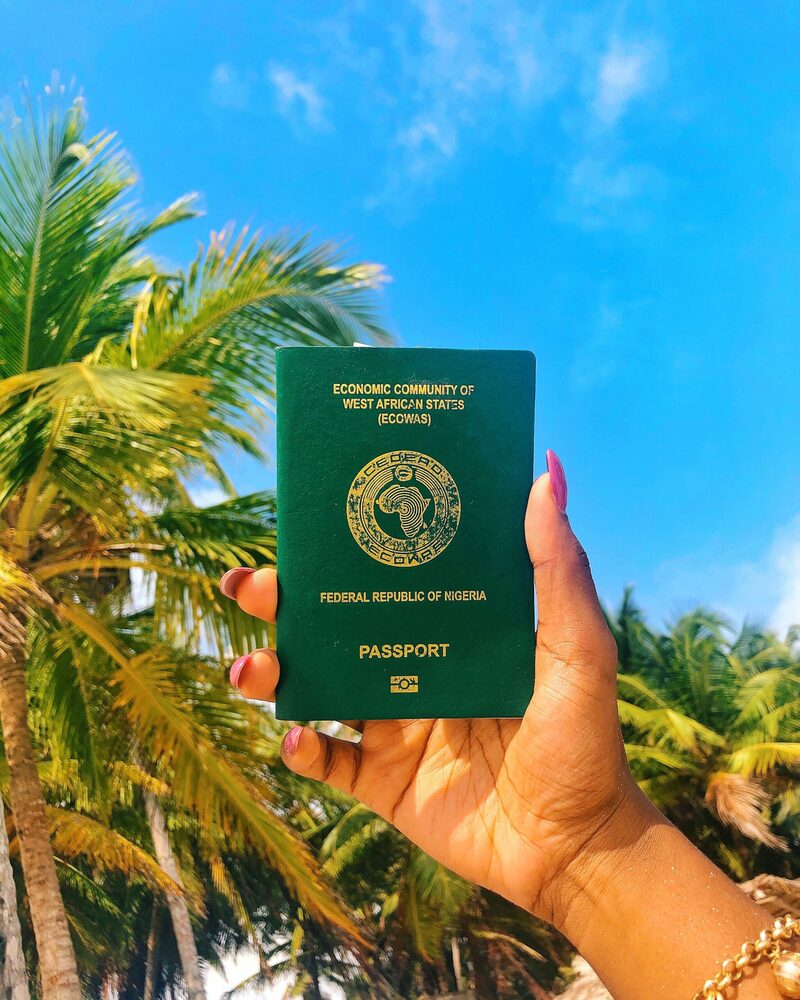Education’s Updates
The Role of Catchment Area in Meeting JAMB Cut Off Marks
If you're preparing to take the Joint Admissions and Matriculation Board (JAMB) exam in Nigeria, you’ve probably heard the term "catchment area" floating around. It might seem like one of those vague academic terms, but in reality, understanding the concept can significantly improve your chances of securing admission, especially when it comes to meeting the required JAMB cut off mark.
Let’s break down exactly how catchment areas work and how they impact your chances of success.
What is a Catchment Area?
In simple terms, a catchment area refers to a geographical zone that surrounds a university or educational institution. Each university in Nigeria typically has specific states classified as part of its catchment area. The idea is that students from these areas are given slight advantages in the admission process to ensure fair representation from various regions.
For instance, if you're from a state within the catchment area of a particular university, you might have a better chance of getting admitted compared to someone from a different state, even if both of you meet the required cut off mark.
How Catchment Area Influences JAMB Cut Off Marks
Universities in Nigeria use JAMB cut off marks as a baseline to screen applicants. However, the cut off mark you need to meet can vary depending on whether you are from the university's catchment area or not. If you are, the bar is often set slightly lower for you than for someone applying from outside the catchment zone. This means that even if your JAMB score is just a little below the general requirement, you might still be considered for admission.
For example, a university might set a JAMB cut off mark of 200 for students outside its catchment area but lower it to 180 for those within the catchment zone. This gives students within the designated area a competitive edge.
Why is this Advantage Important?
The advantage catchment areas offer is particularly useful if you fall short of the required cut off mark. While high-scoring students are always prioritized, the inclusion of catchment area considerations means that as long as you're within the acceptable range for your chosen university, your geographical location could make all the difference.
This system promotes equity by ensuring that students from different regions of Nigeria, particularly the less privileged or educationally disadvantaged ones, have a fair chance at admission.
Using Your Catchment Area to Your Advantage
Understanding how to leverage your catchment area can help you strategically select universities when you’re completing your JAMB registration. The first step is to research which institutions have your state listed in their catchment area. Once you know that, you can tailor your application to universities where you have a higher chance of meeting the required JAMB cut off mark, even if your score is slightly lower than someone applying from outside the zone.
What If You Are Not From a Catchment Area?
If you don’t belong to a university's catchment area, don’t worry. Many other factors come into play during the admission process, such as your performance in post-UTME screenings, O’level results, and sometimes even special considerations like state quotas or educationally disadvantaged area status. While being outside the catchment area means you might have to meet a higher cut off mark, focusing on excelling in other areas can still boost your chances.
Final Thoughts
The role of catchment areas in the Nigerian university admission process is significant but often misunderstood. By recognizing how it influences your chances of meeting JAMB cut off marks, you can make smarter decisions about which schools to apply to and improve your chances of gaining admission. While scoring high in JAMB should always be your primary goal, your catchment area can serve as a crucial backup plan in the highly competitive world of Nigerian university admissions.


